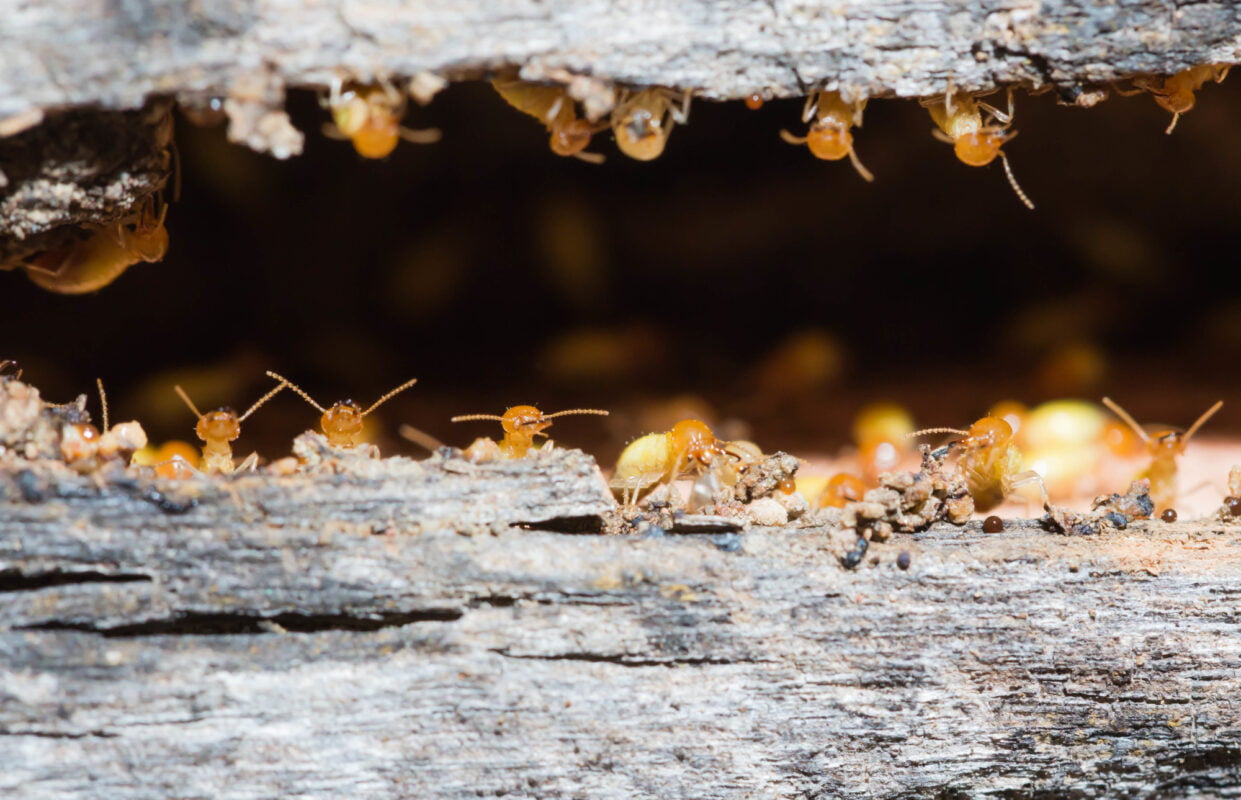Did you know that there are at least 28 invasive termite species worldwide? Of these, the Formosan subterranean and the Asian subterranean are the most common. Worse, these two account for the bulk of the $40 billion economic burden dealt by termites every year.
In the United States, subterranean termites are the most prevalent species. They damage buildings components, giving rise to structural hazards.
As such, preventing pests as damaging and dangerous as termites should be a top priority. We’ll share some of the best termite pest prevention tips below, so be sure to read on.
1. Anti-Termite Construction Practices
Termite damage prevention is most effective if implemented during a building’s construction. This involves the removal of all cut tree roots, stumps, and debris from the construction site. If they simply get burned or buried, termites will still find a way to infest them.
Construction workers should also alter the soil surface in a way that makes it slope. This helps facilitate water drainage from the soil, preventing moisture from building up. The less damp the soil under the building is, the less attractive the site is for termites.
New homeowners can also opt to invest in a pre-construction termite treatment. This involves treating the soil and the structure itself with chemicals. The US heavily regulates the use of such pesticides, so only a licensed pest control company can do this job.
2. Regularly Check Your Home’s Moisture Levels
One study revealed that visible signs of dampness and molds are present in half of US homes. Aside from causing potential health problems, long-term dampness also attracts termites.
So, if you’re an existing homeowner, test your home for moisture problems. You can buy a hygrometer to measure the humidity in all parts of your home.
Studies found that a relative humidity of at least 75% is optimal for termites. As such, you’d want to go below that and aim for a relative humidity of between 30% to 50%. This lower range helps keep mold- and pest-attracting moisture at bay.
3. Get Plumbing and Roof Leaks Fixed ASAP
Leaky plumbing pipes and roofs increase humidity levels in homes. If your hygrometer shows high readings, chances are, you’re dealing with such leaks. Hire plumbing and roofing contractors ASAP to inspect and fix these parts of your home.
4. Keep Gutters and Downspouts in Tip-Top Condition
Roof gutters collect rainwater and melting snow that drips from your roof. They channel the water into downspouts, the pipes that bring the water to exterior drains. If these components get clogged, moisture can seep into your home.
From there, termites can come along and start feasting on your home. So, make it a habit to routinely clean and free your gutters and downspouts from debris build-up.
5. Invest in Routine Pest Inspections
A once a year inspection is enough for homes with pre-construction termite treatment. If your house is older or doesn’t have termite barriers, get it inspected once every six months. This way, you can catch and eliminate active termite populations early.
Follow These Tips for Preventing Pests That Can Chew You Out Of Your Home
As you can see, preventing pests of wood, especially termites, can start from the first day a house gets built. If you’re an existing homeowner, fix leaks and other moisture issues to help keep pests at bay. Lastly, don’t forget to schedule your home, be it new or old, for routine pest inspections.
Ready for more home, health, and lifestyle guides like this? Then please feel to check out the other educational posts you’ll find on this site!




